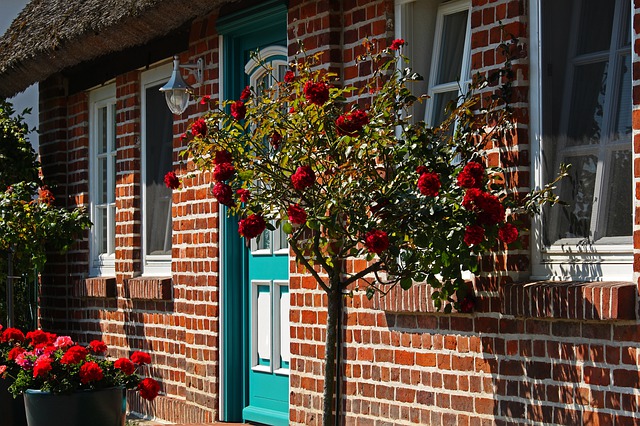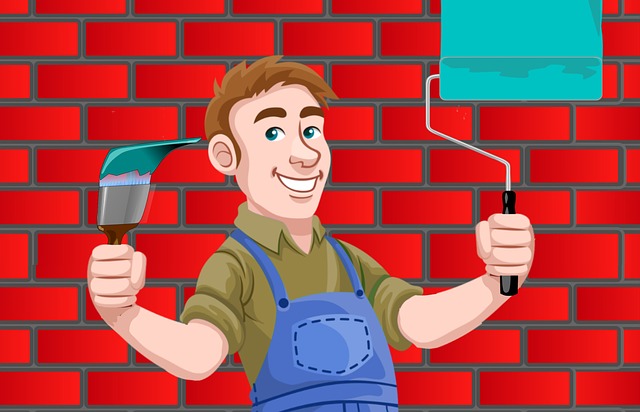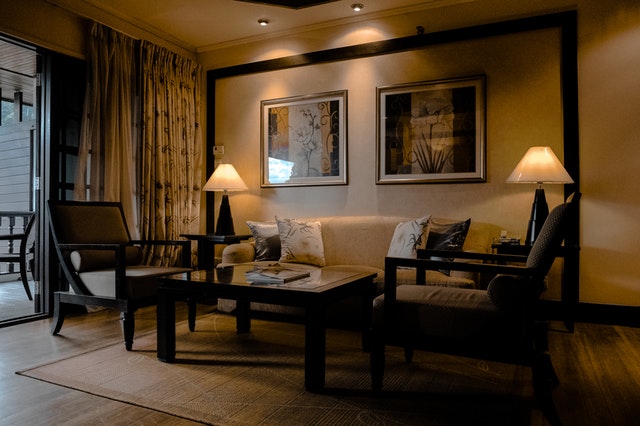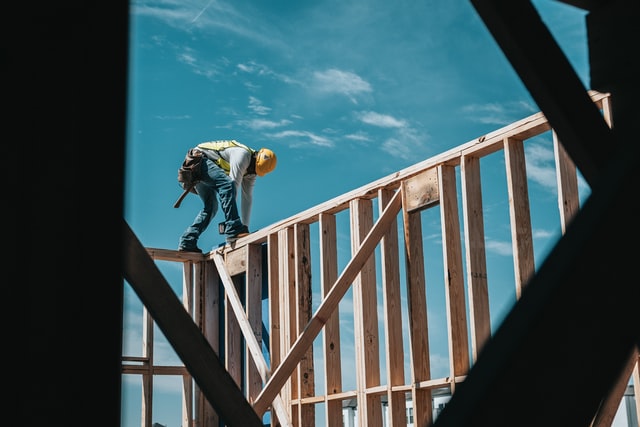This article is extracted form the book called “Painting your house inside and out”. It is always said if you spend enough time with the painting preparation, then the actual painting project is way more easy. This article lists some common painting problems and preparation tips.
Common problems requiring preparation
| chalking | existing paint looks like it has a layer of chalk dust, Run your finger across it. If you pick up a layer of residue, you will need to wash the house with trisodium phosphate (TSP) or another strong detergent. Work from the top down with a scrub brush or use a power washer. |
| Mildew | wash mildewed areas with chlorine bleach solution and soap. Use 3 parts soapy water to i part bleach. |
| Metal stains | Wash stains off wood before priming. Prime metal before painting to keep stain from bleeding onto wood. |
| Rot | Dry or wet rot must be removed or killed with a biocide. Patch holes. Stabilize damage with resinous wood hardener. Patch with resin fillers. |
| Knots | Spot prime knots with pigmented shellac (latex or oil-based) to seal out the resin. |
| Nail holes | Fill with exterior spackle compound or linseed oil putty. |
| Uneven, chipped, or peeling paint | Scrape (go with the grain) and sand or strip if necessary before priming using a heat gun or chemical stripper. |
| Cracks | Use exterior spackle compound to fill small cracks in wood siding, cracks or gaps between different kinds of building materials (e.g., wood and masonry, wood and metal, plastic and metal; also joints between two pieces of wood in a window or door frame), and small cracks in stucco with stucco. Repair large cracks in stucco with stucco patch. Repair large cracks in wood with resin fillers. |
| Cracked window glazing | if window glaze has shallow surface cracks, add new glazing compound over it. if glaze is badly cracked, use a heat gun to remove old compound back to a clean sash, prime, and reglaze the window. |
| Alligatoring and crazing | These paint conditions are caused by paint drying faster than it should or by putting on too thick a coat of paint. Scrape, sand, and patch affected areas before priming. |
| Bllstering | this condition is caused by painting over surface dirt or moist wood. Moisture is trying to escape from behind the paint. Scrape and sand affected areas before priming. |
| Efflorescence | This condition, in which salts crystallize on a masonry surface, is caused by mineral salts reacting with water. Scrape away deposits and let dry completely. Use only water-based paints, which allow remaining water or moisture to dry though the painted surface. |
| Loose plaster | The plaster layer on a wall sometimes breaks away from its block base, making the wall surface unstable. Plaster tends to break down in localized areas. Loose polestar should always be removed and the surface patched. |
| Rust stains | This brownish staining is caused by external metal fixtures or old nails that corrode and wash down masonry walls in the rain. Paint all metal fixtures, then clean stained areas and seal them with an oil-based undercoat |
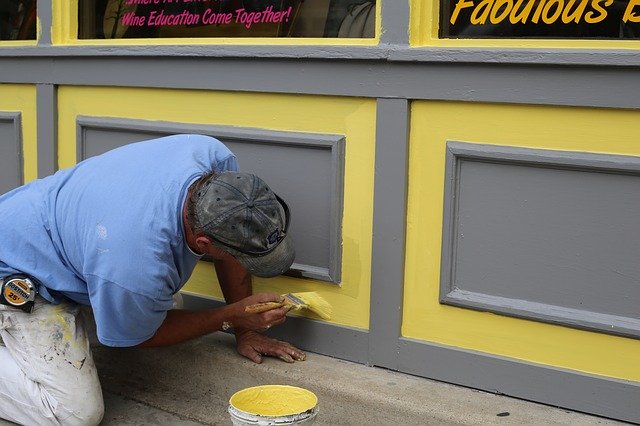
Preparation tips for metal and vinyl
| vinyl gutters | No primer needed. Use one or two coats of gloss paint. |
| Metal gutters | Use commercial metal paints for all except aluminum. |
| Metal windows | Use metal primer. |
| Aluminum and vinyl windows | Do not paint. |
| Galvanized metals | Use specially designed primer. |
| Metal garage doors | Use metal primer, Undercoat, then one or two coats of gloss paint. |
Signature house painters in Washington DC are experienced in both residential and commercial house painting projects. Call us today for a free quote @ (202) 280-2694
Continue reading about “House Painting“

